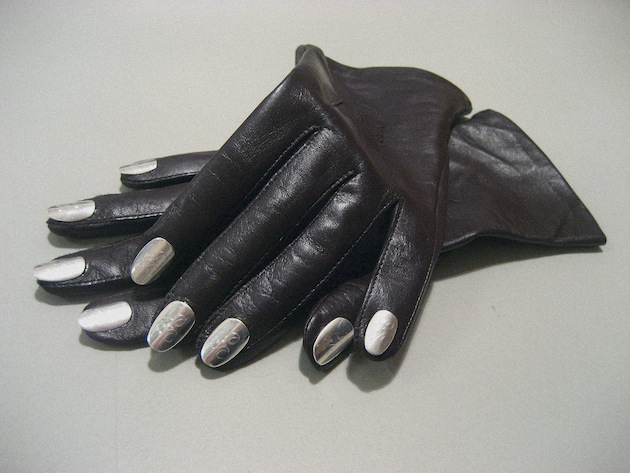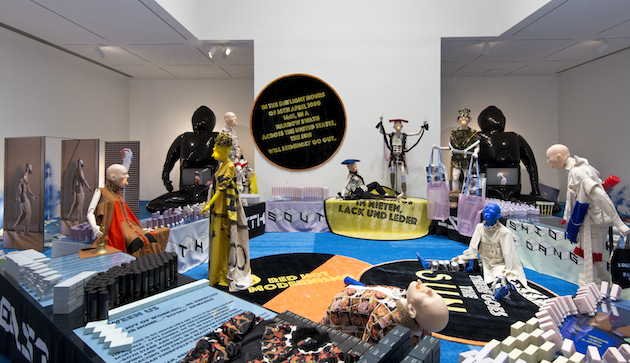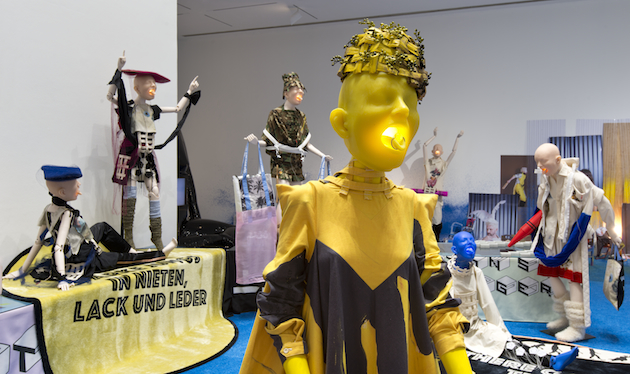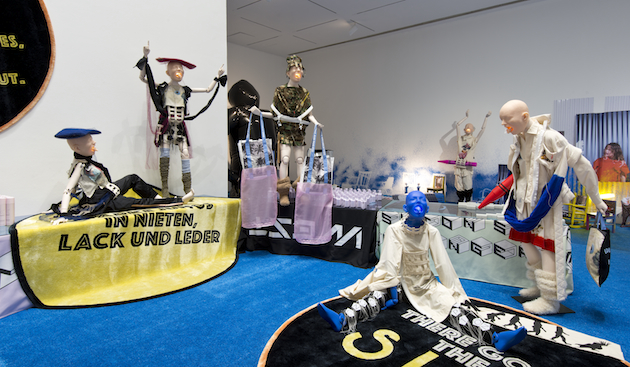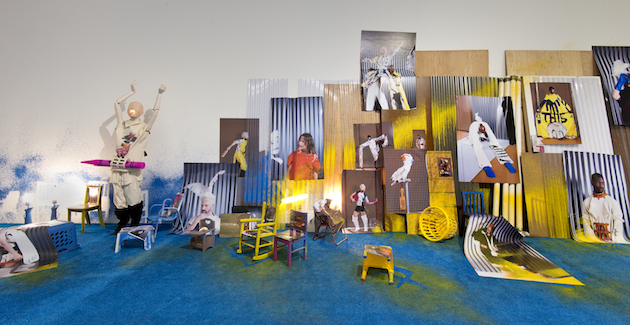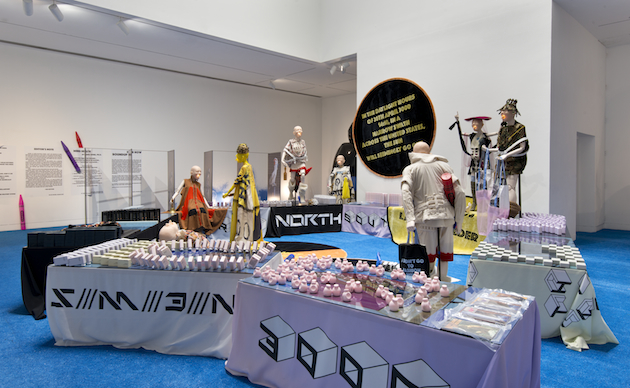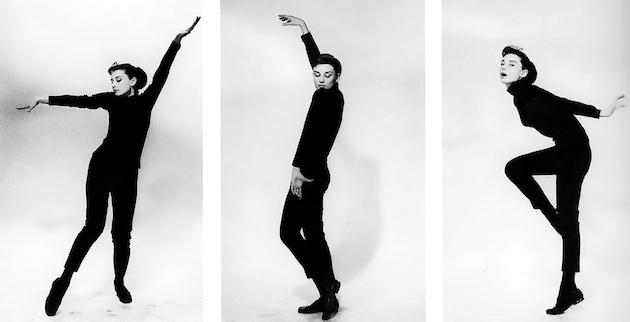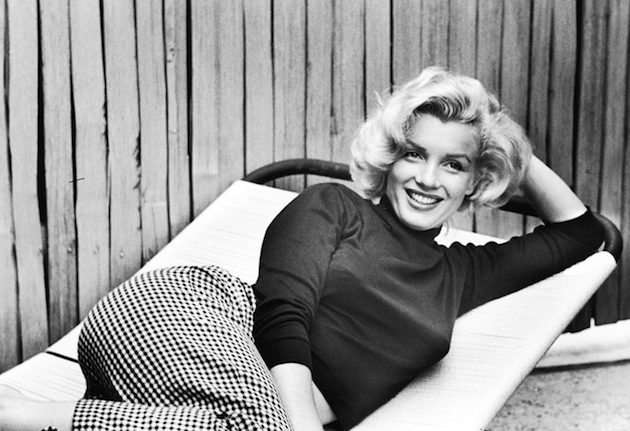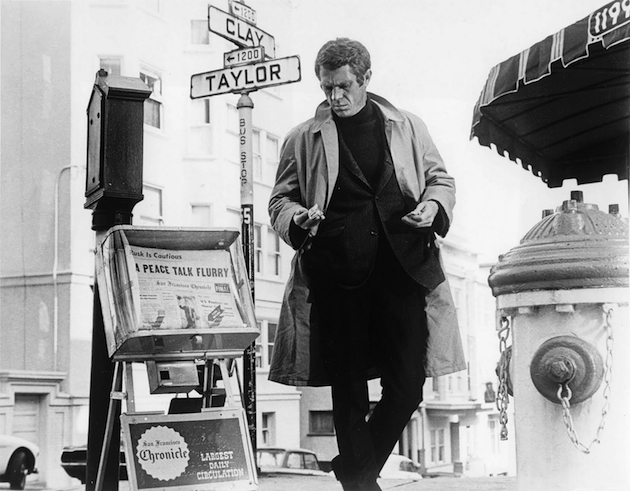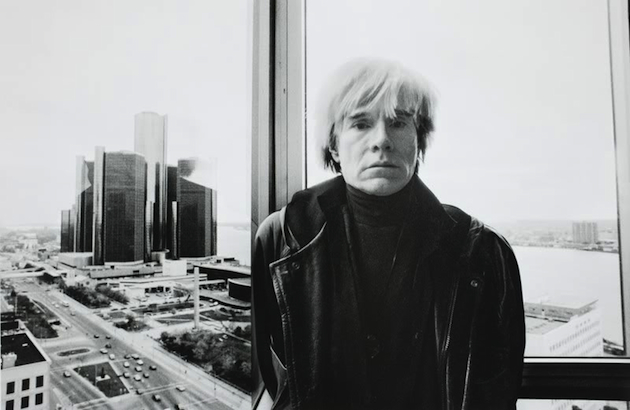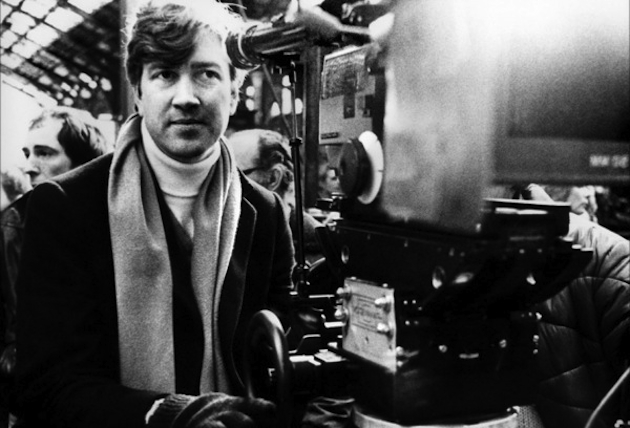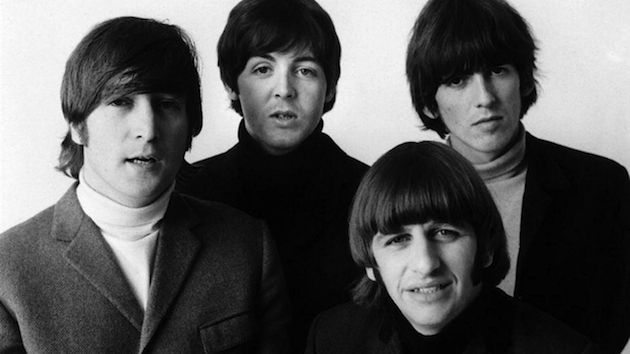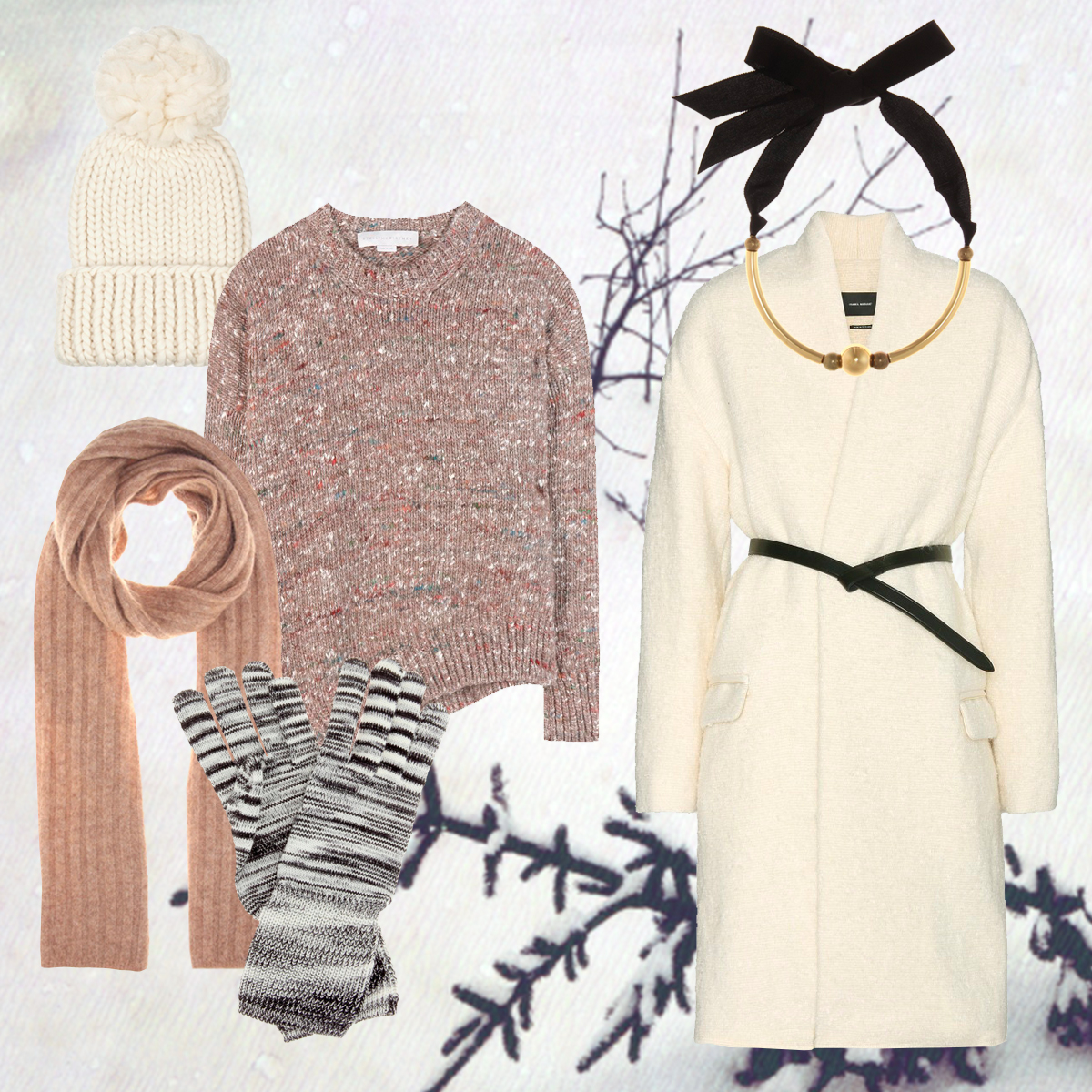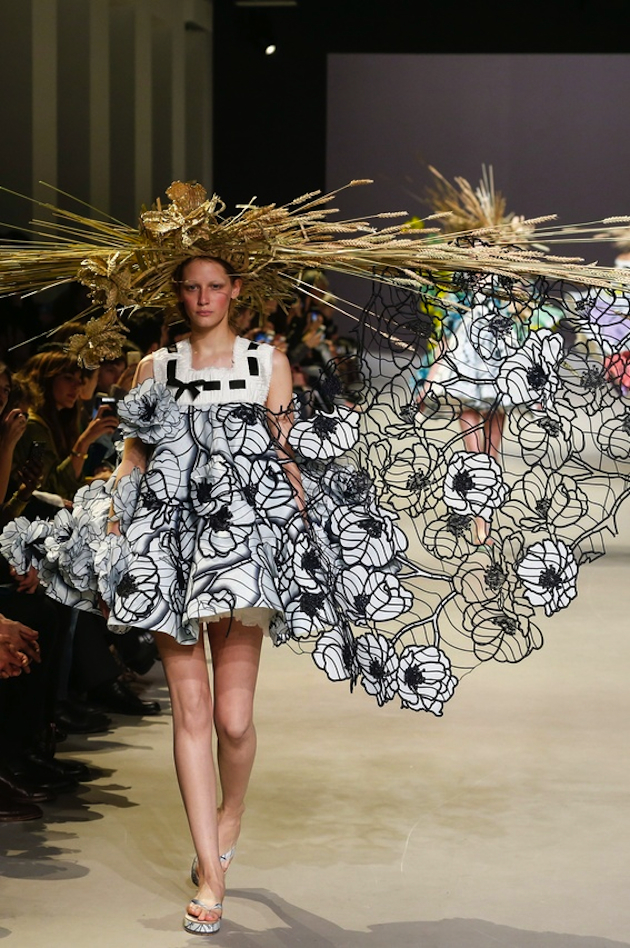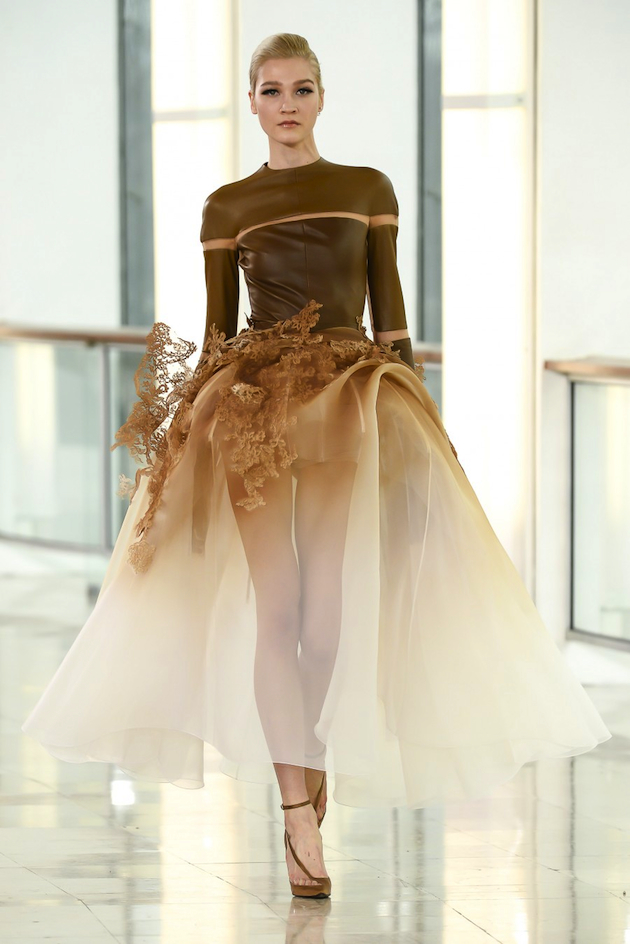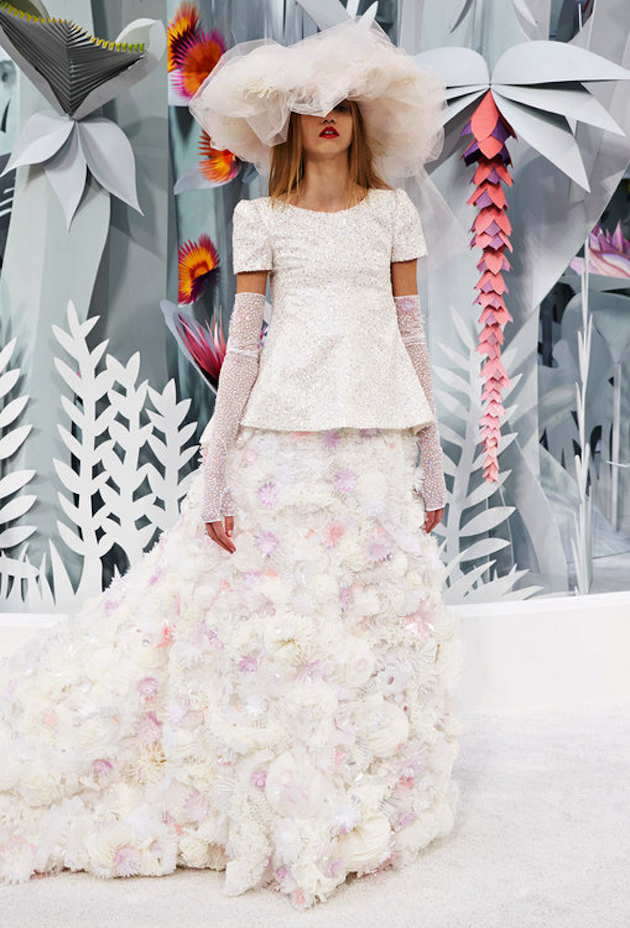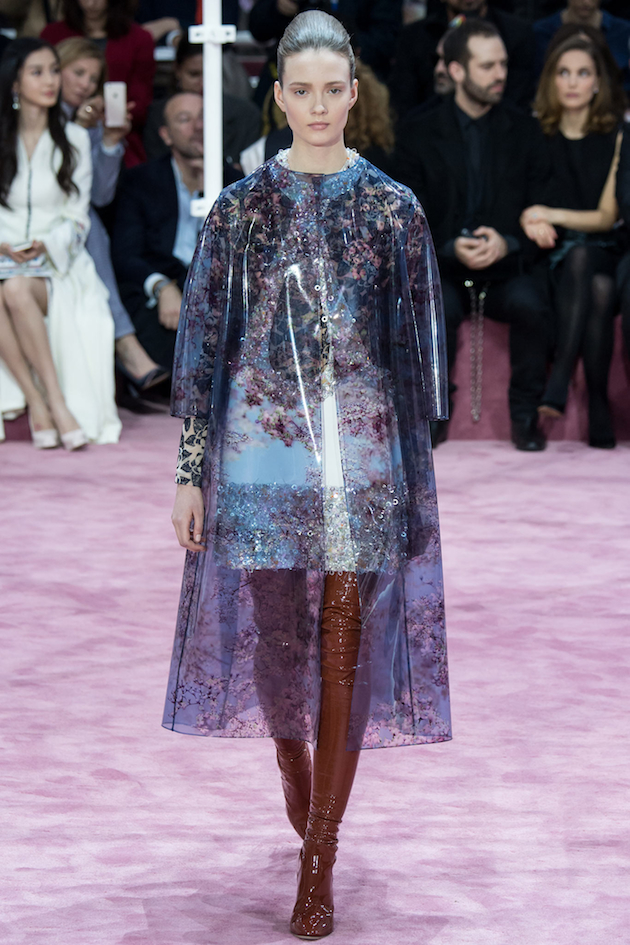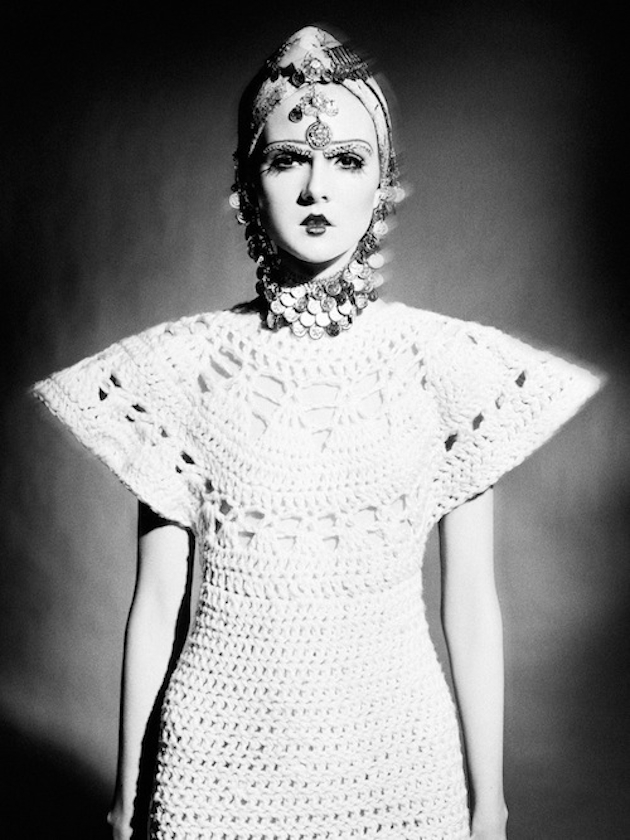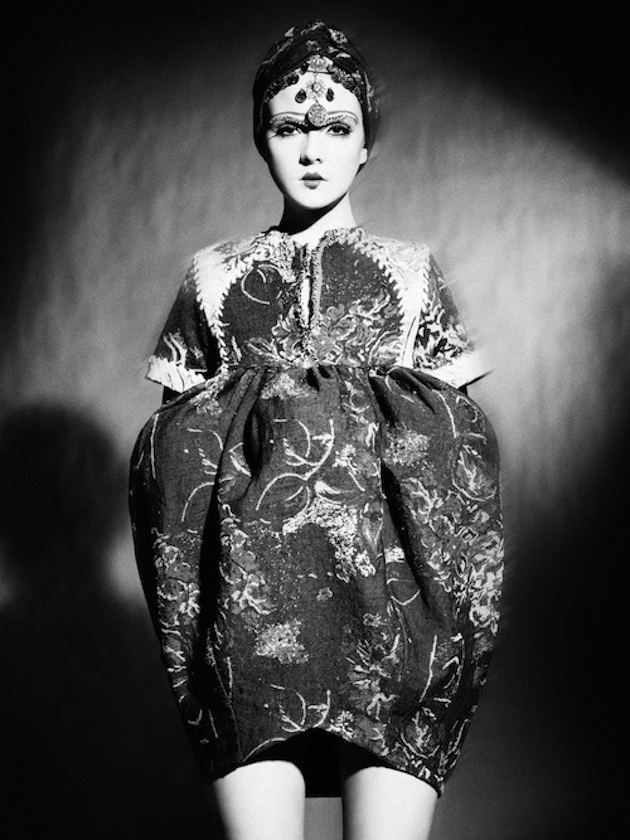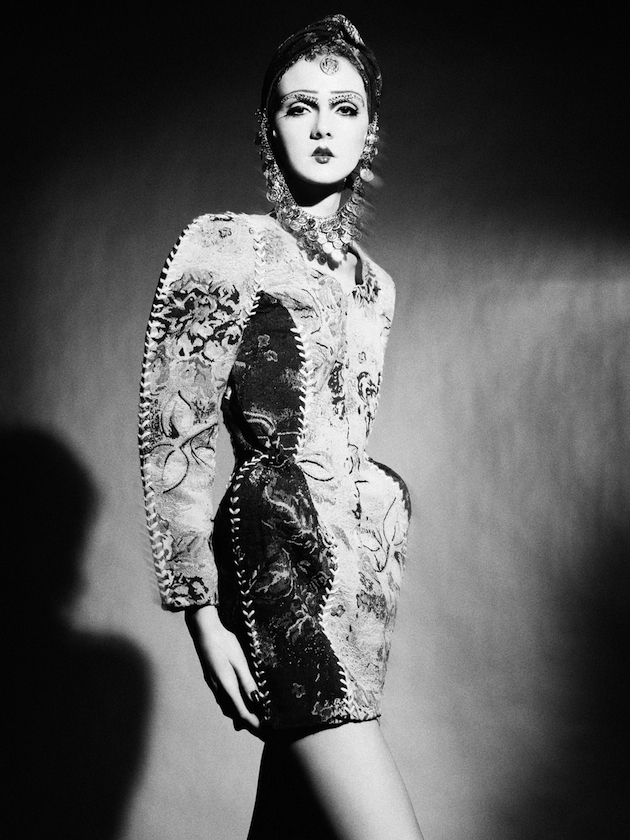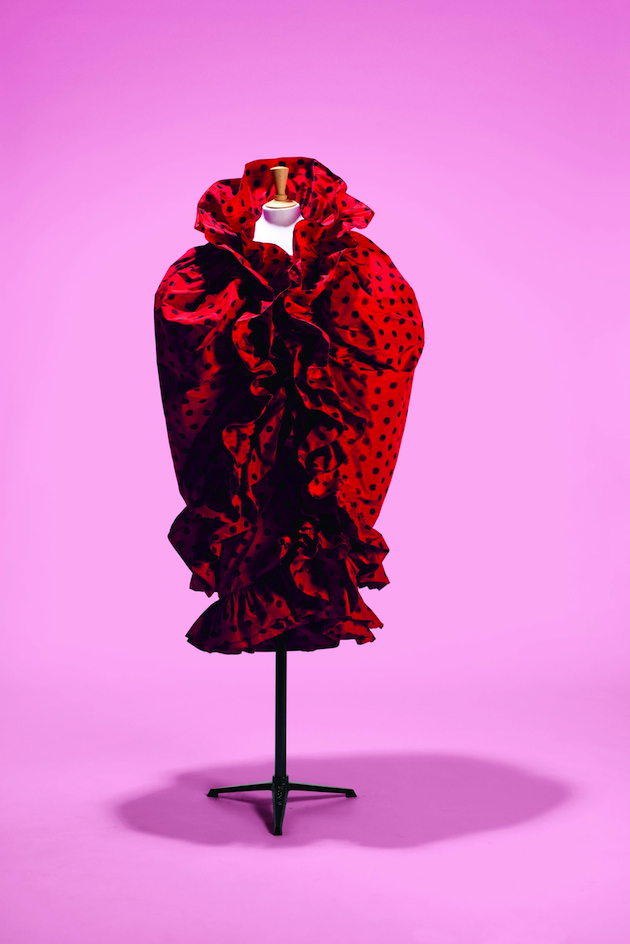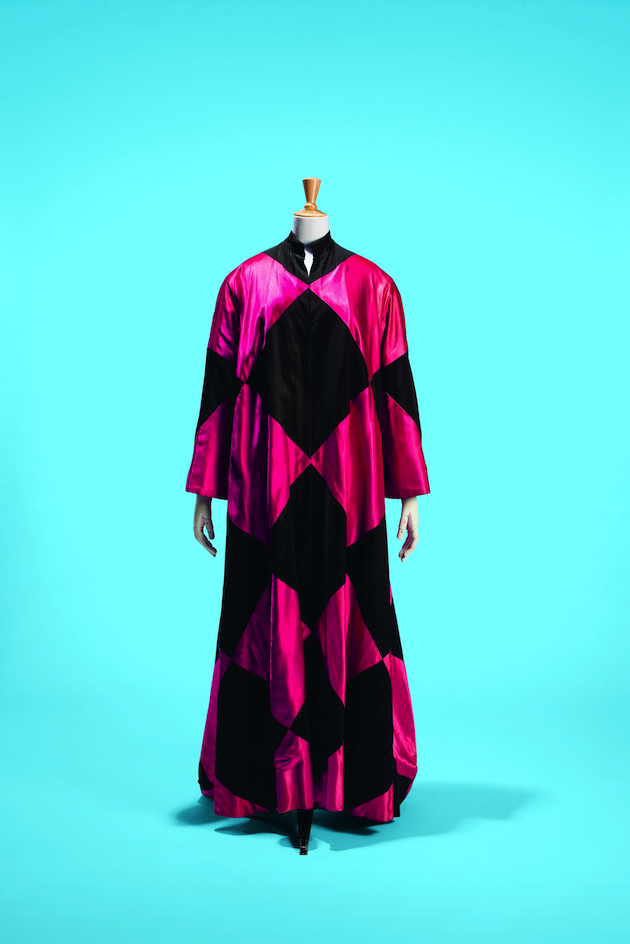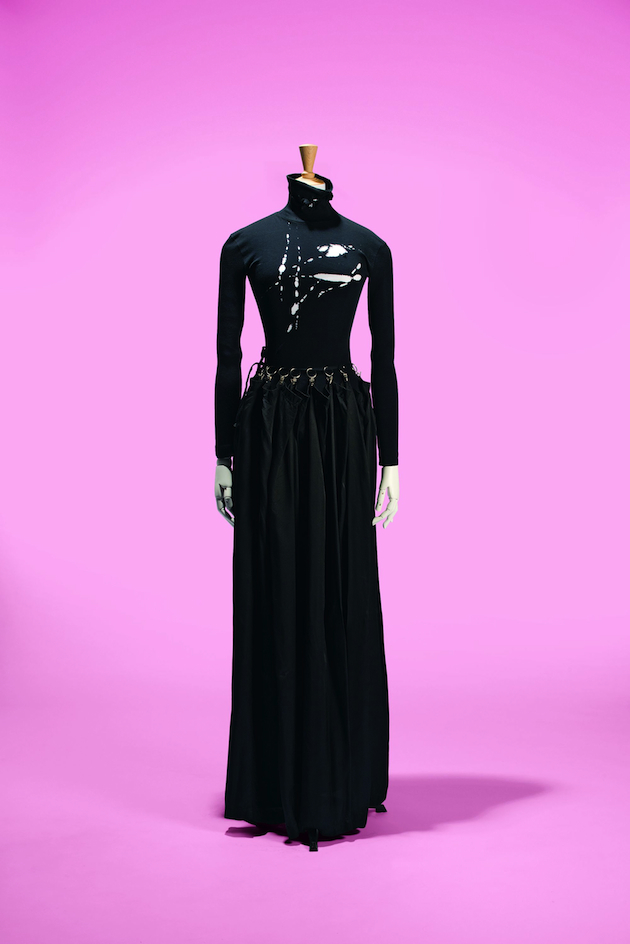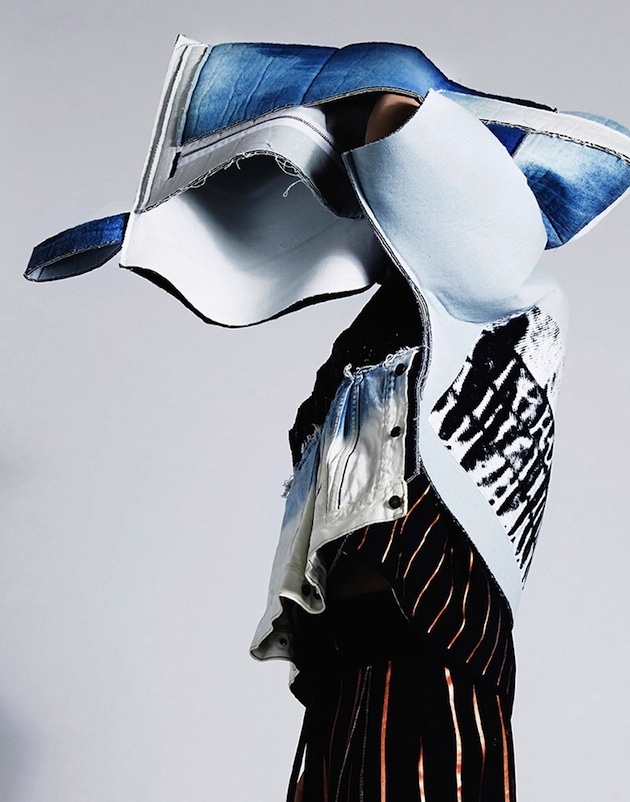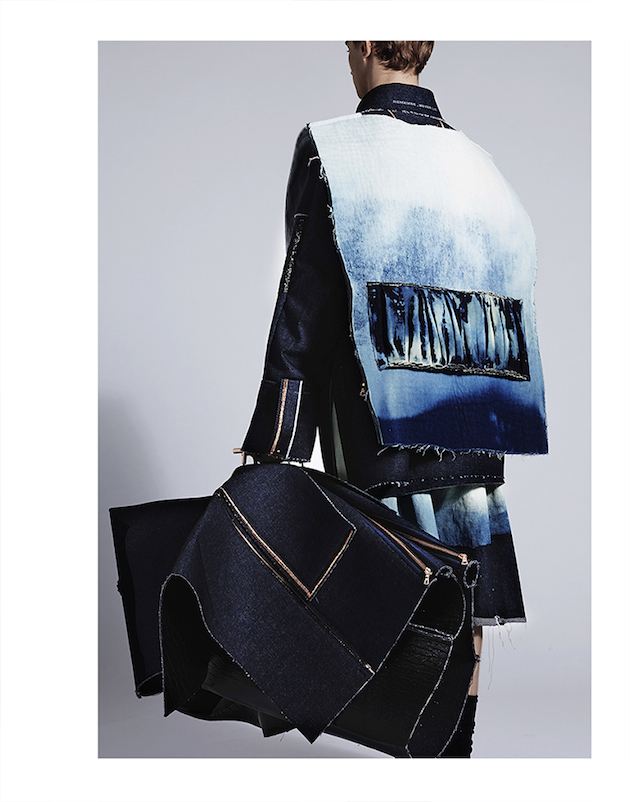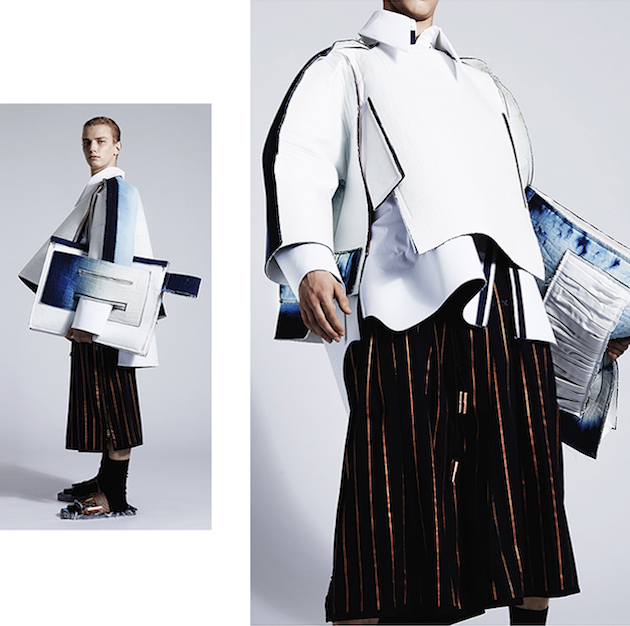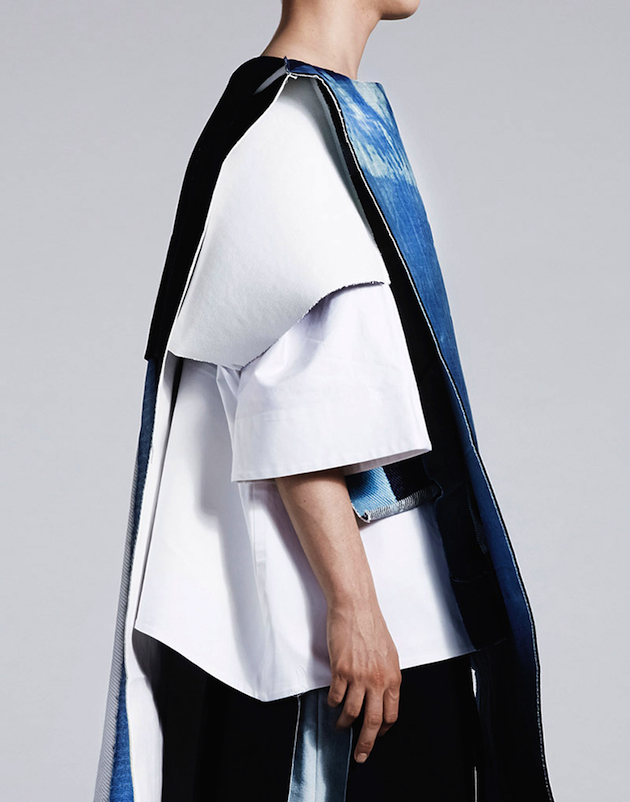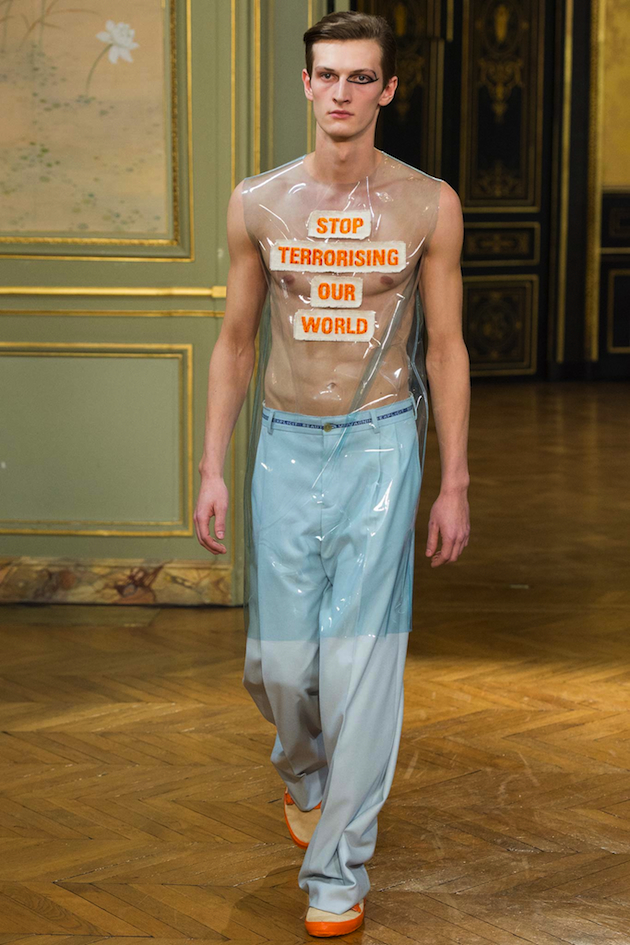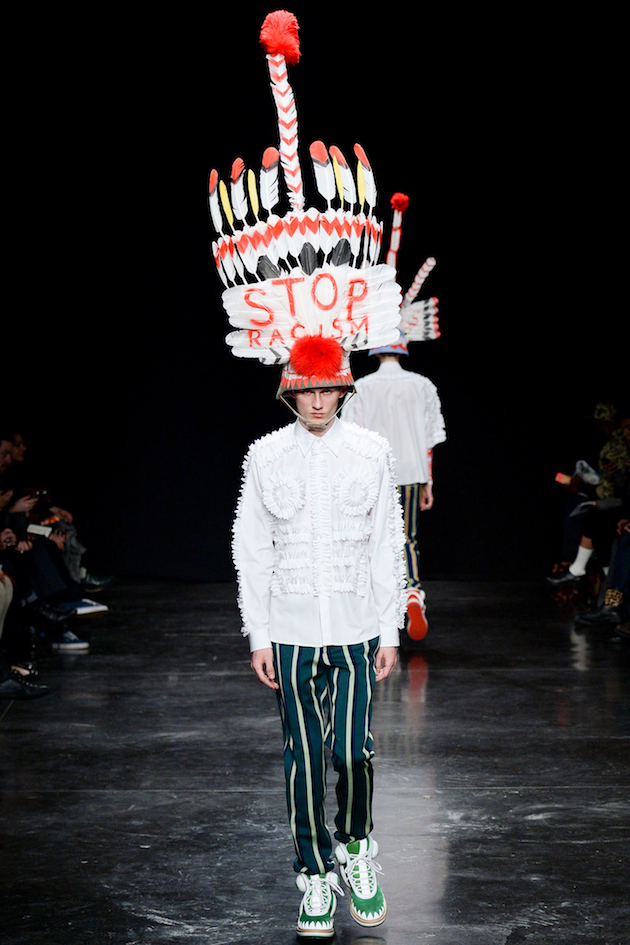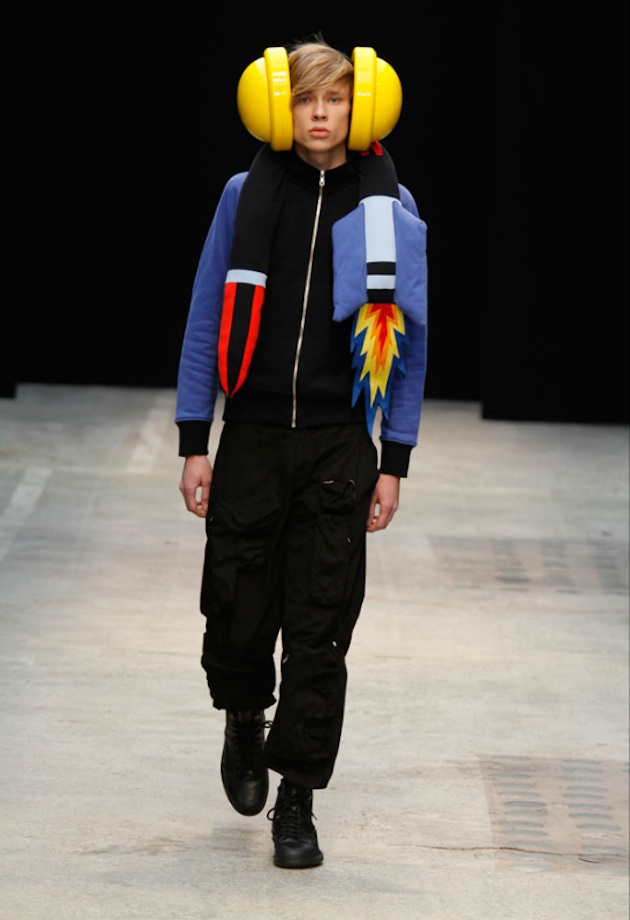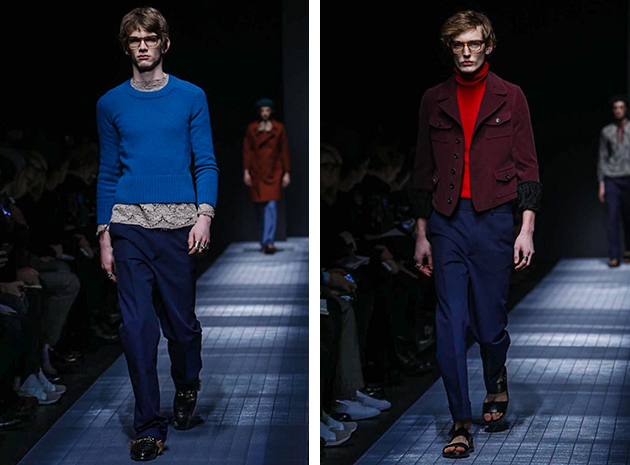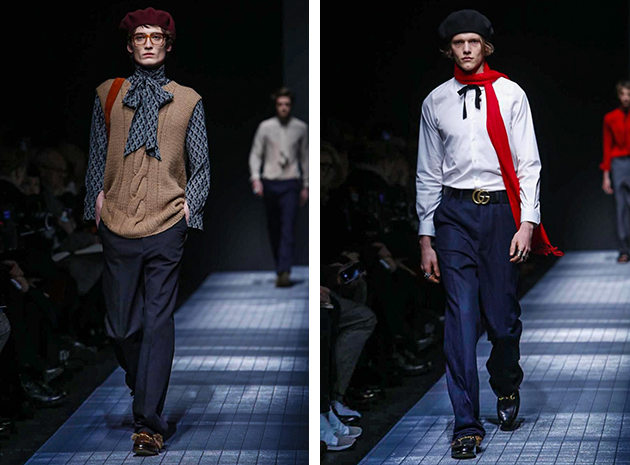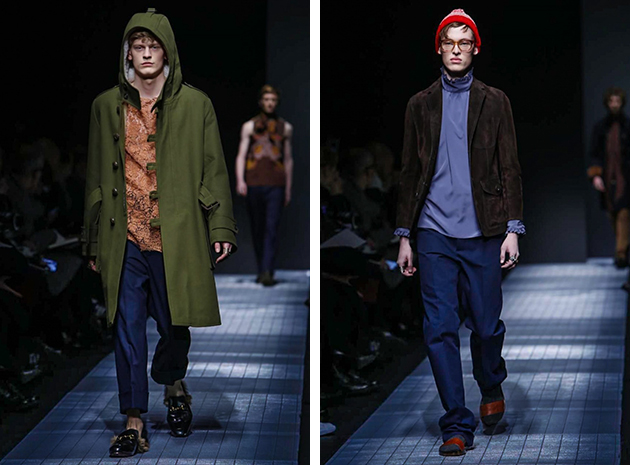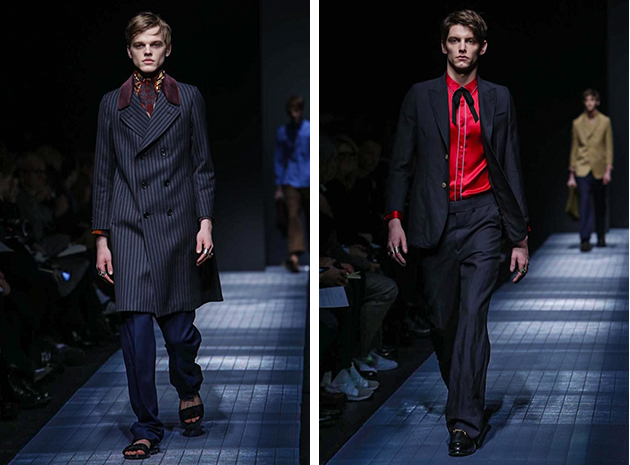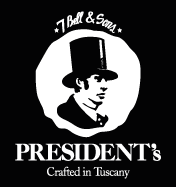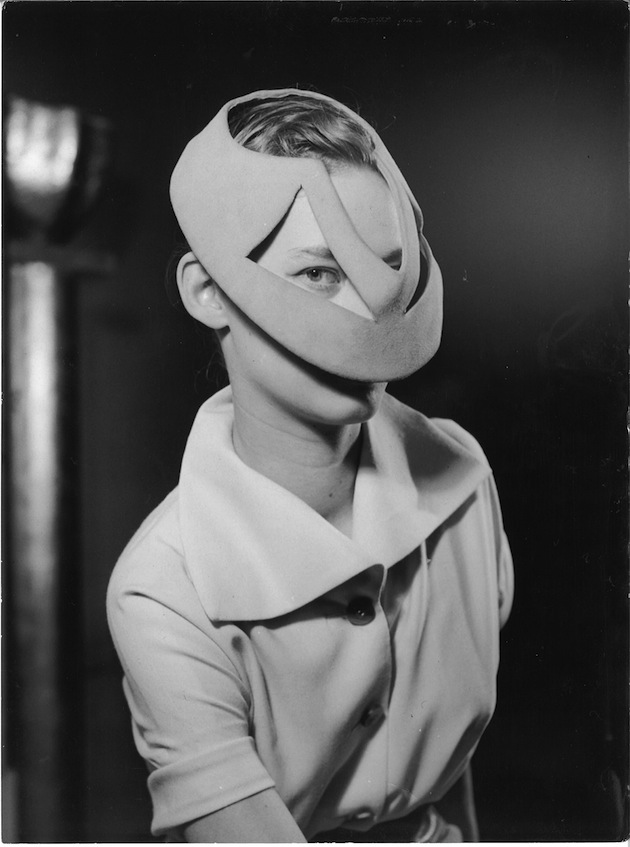
Elsa Schiaparelli, the grand dame of fashion, remains a significant fashion reference, several years after her death. She thought of fashion as an art form, and the paradox of combining her artistry with one of the strongest mechanisms of fashion, the never ending desire for something new, had a great impact on her design. She was inspired by the impulses of surrealist fine art which dominated Paris during the inter-war years, and embraced those ideas in her pieces as a productive tool. She drew clear parallels between fashion and art, and questioned the fashion’s needed to be beautiful and, more importantly, what was considered as beauty.
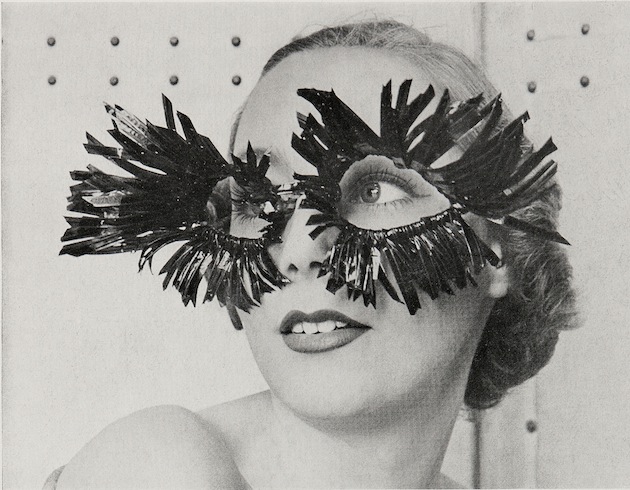
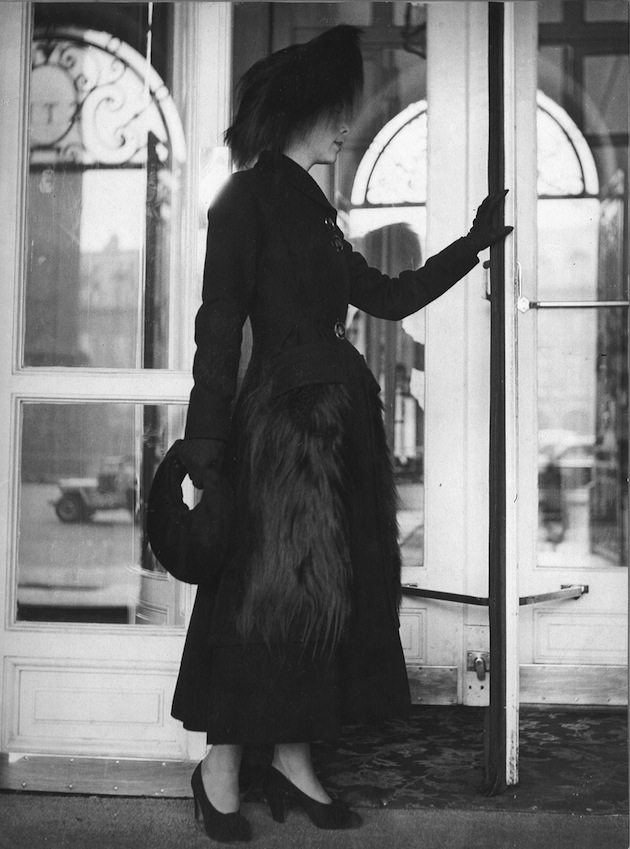
Schiaparelli would once have said that: “In difficult times fashion is always outrageous”, a quote that the curator of the upcoming Schiaparelli exhibition in Stockholm seems to agree with. In a time when the world is very complex, it might be a logic consequence for fashion to becoming equally as complex, although it is never that easy or simple to explain why we are seeing certain influences in fashion, at a certain time. The reasons or influences behind a new trend or tendency are mostly a complex development in themselves, and that includes the comeback of surrealism. The newly returned interest for Schiaparelli’s work might therefore partly also grow from a reaction to the growing commercial impact on contemporary fashion, and therefore become a way of rebalancing the relationship between the creative process and economic profit. Through surrealism Schiaparelli explored fashion as a place of freedom and creativity. In the same time she had to consider another concrete difference between fashion and art, the fact that fashion for most part is made with the purpose of being worn. Even though a lot has happened since she was an active designer, the premisses which she explored in her design are mostly the same. The reason behind the huge recent interest for Schiaparelli is not just grounded in her iconic pieces, but in her unique approach to fashion and not at least in her own creativity.
